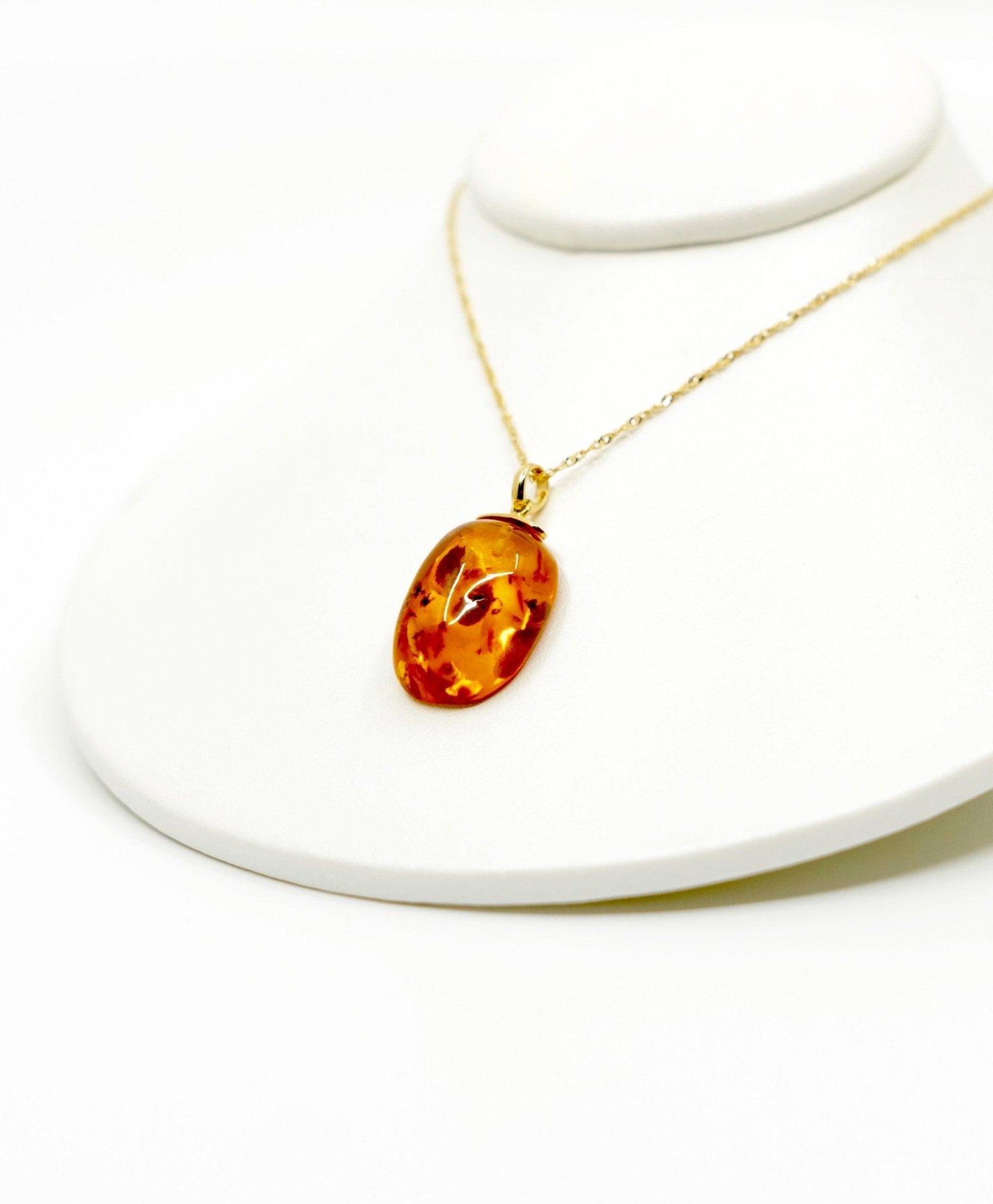Amber is probably best known for its insect and other types of inclusions. Millions of years ago, when amber oozed from countless plants, the substance acted as a sticky trap for ants, bees, termites, and other insects. Flower parts, leaves, and pine needles are also typical amber inclusions, along with gas bubbles.
Amber containing larger animals like scorpions, snails, frogs, and lizards can be very valuable—especially if the animal “inclusions” are preserved intact.
The oldest amber dates to the Upper Carboniferous Period (approximately 320 million years ago).
Baltic amber is generally more expensive than Dominican amber. Pieces containing insect or plant inclusions fetch higher prices than clean pieces without such inclusions. For example, amber cabochons with no insect inclusions cost only a few dollars per piece, while pieces with easily seen or complete insect or plant specimens might sell for thousands of dollars.
The Amber Room, a 1716 gift presented to Russia’s Peter the Great, was made from six tons of amber. It was destroyed during the second world war, but in 1979 they began making a replica, and in 2003 it was finally installed.
SOURCES:
“Amber Quality Factors.” Gemological Institute Of America, www.gia.edu/amber-quality-factor.

